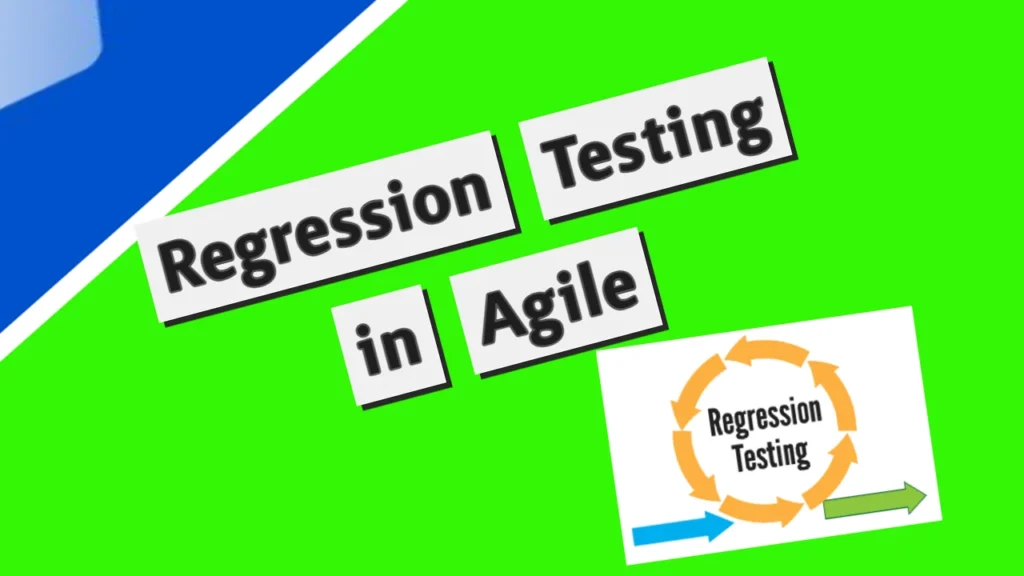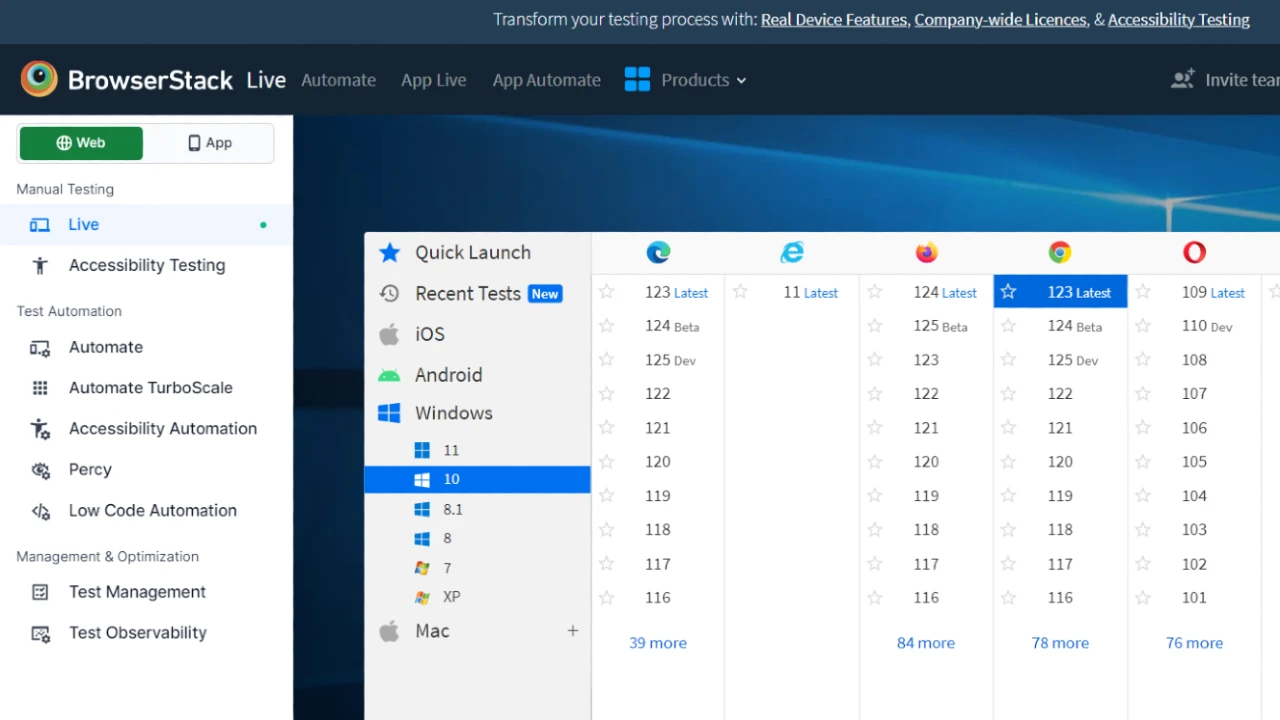In this comprehensive guide, we’ll explore regression testing, especially in the context of Agile methodologies, and how it is applied in software quality assurance for websites. This step-by-step guide will simplify the concept and ensure you have actionable insights to implement in your projects.
What is Regression Testing?
Regression testing is software testing that ensures recent code changes have not adversely affected the product’s existing functionalities. The primary goal is to identify bugs that may have been introduced into previously stable code after modifications such as enhancements, patches, or configuration changes. In Agile environments, where changes are frequent and incremental, regression testing becomes a backbone, ensuring that new development does not disrupt the existing user experience.
The Role of Regression Testing in Agile
In Agile development, features are delivered in short cycles, known as sprints. This rapid pace means testing must be equally dynamic and robust. Regression testing in Agile helps teams:
- Ensure Continuity: It verifies that new code commits do not break or degrade existing functionality.
- Support Continuous Integration: As teams frequently merge their changes to a shared branch, regression testing confirms that this integration does not lead to errors.
- Facilitate Frequent Releases: With the Agile focus on regular deliveries, regression testing assures that every release maintains the product’s quality benchmark.
Step-by-Step Guide to Implementing Regression Testing in Agile
Step 1: Identify Test Cases for Regression Suites
Start by selecting a suite of test cases that need to be rerun every time there is a change in the code. These should include:
- Core Functionalities: Tests that cover the main features of your website.
- High-Risk Areas: Features that have had frequent issues in the past or complex parts of your application.
- Integration Points: Tests that validate the connections between different modules or external systems.
Step 2: Automate the Regression Tests
Automation is critical in Agile due to the need for speed and efficiency. Automating your regression tests allows them to be run quickly and frequently, which is essential for Agile teams. Use automation tools that integrate easily with your development and deployment pipeline to facilitate continuous testing.
Step 3: Integrate into the Development Pipeline
Integrate your automated regression tests into your CI/CD pipeline. This means that tests are triggered automatically whenever there is a change in the repository. Successful integration ensures:
- Immediate feedback on the impact of code changes.
- The ability to quickly fix bugs before they reach production.
- Reduced manual testing efforts, allowing QA teams to focus on more complex testing scenarios.
Step 4: Execute Regression Tests Regularly
In Agile, regression tests should be run regularly after every code or content change throughout the development cycle. Depending on the team’s workflow and the complexity of changes, this could be nightly or at the end of every sprint.
Step 5: Update Test Cases Continuously
As new features are added and changes are made, update your regression test suites to reflect these modifications. This includes adding new test cases and removing outdated ones or those that no longer contribute to your testing goals.
Step 6: Analyze Results and Refine
After each regression test run, analyze the results to identify failures and understand their cause. Use this information to refine your testing process, improve test cases, and enhance software quality.
Best Practices for Effective Regression Testing in Agile
- Prioritize Test Cases: Not all tests are equally important. Prioritize your regression tests based on business impact, usage frequency, and historical data of defect occurrences.
- Leverage Test Metrics: Utilize metrics like defect densities and test coverage to gauge the effectiveness of your regression tests and make data-driven decisions.
- Maintain Communication: Ensure constant communication between developers, testers, and other stakeholders to keep everyone aligned on the testing objectives and outcomes.
- Emphasize Flexibility: Be prepared to adapt your testing strategy based on feedback and project scope or technology changes.
Now you know What is Regression Testing in Agile
Regression testing is an indispensable part of Agile development, particularly for website projects where user experience and functionality cannot be compromised. Agile teams can ensure their products are functional and competitive by implementing a robust regression testing strategy outlined in this guide. Remember, the ultimate goal of regression testing in Agile is not just to find defects but to create a stable and reliable software product that meets the evolving needs of users and stakeholders.




